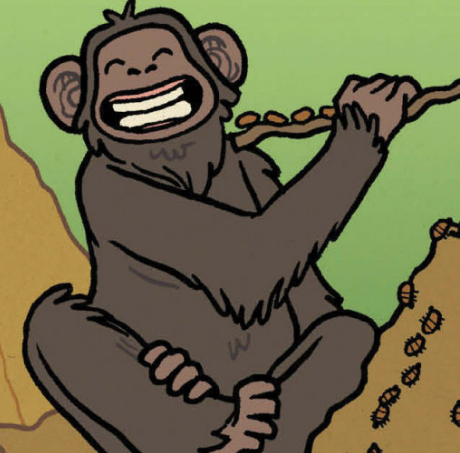This semester, I read seven graphic novels. The graphic novels were on a variety of topics from race and culture to historical events, and they integrated other genres like historical fiction. Here are the most important things I learned from reading these graphic novels and how they shifted my thinking:
- Graphic novels are less overwhelming. Third grade is the first time that many students begin to read chapter books. Many students are excited to move to chapter books and think this next step makes them more grown up. However, they quickly realize that chapter books typically mean fewer pictures, and these books require more stamina. I find that many students abandon their chapter books because of their lack of stamina. Third grade is also the first time for standardized tests. Every year, I watch students flip towards the back of their test books, evaluating how many passages they have left to complete. They quickly get overwhelmed at the volume of the test book. I have never seen students flip through an engaging picture book to see when it will be over. I think that is because the text does not seem overwhelming in picture books, no matter the length of the book. I think the same can be said for graphic novels. I think the pictures balance out the text and make the text less overwhelming. Graphic novels are a great way for students to build their stamina.
- Pictures are powerful. I tell my students that as they get older, there will be fewer pictures in their reading. I teach them to treasure pictures, and “silent cheer” when they see one on the EOG because pictures help the reader understand the text. Why is it that pictures are taken away as you get older? Adults like pictures too! Can you imagine reading one of these graphic novels without pictures? Of course not! The genre depends on the pictures to evoke emotion from the reader and tell the story. Many of the most powerful scenes in the books we read have no words at all:

- Engagement. My number one goal at all times is for my students to be engaged. When students are engaged, they are learning. I think graphic novels are so engaging because of the pictures and fast pace. I also think that readers at different levels can read the same book because of all the context clues with the pictures. Epic Books has so many graphic novels that my students love like Big Nate.
- Rethinking my writing instruction. The biggest impact reading all these graphic novels had on me is how I teach writing. Graphic novels are not only a way to engage readers, but also engage writers. All of the standards I have to teach in third grade writing are easily integrated with the format of graphic novels. As I mentioned with reading, I think the format of using a comic strip is way less overwhelming for writers. This format breaks writing down and helps students think about dialogue, sentences, and paragraphs in a different way than a blank page.
The seven graphic novels we read were:
Yang, G.L. (2006). American Born Chinese.
Lewis, J. & Aydin, A. (2013). March: Book One.
Satrapi, M. (2004). Persepolis: The story of a childhood.
Shiga, J. (2010). Meanwhile: Pick Any Path
Fetter-Vorm, J. (2013). Trinity: A graphic history of the first atomic bomb.
Ottaviani, J. & Cannon, Z. (2009). T-Minus: The race to the moon.
Ottaviani, J. & Wicks, M. (2013). Primates: The fearless science of Jane Goodall, Dian Fossey, and Birute Galdikas.
I am in complete agreement with this. Graphic novels could make a heavy text feel much lighter, and in turn probably have a positive affect on student engagement. At the same time I would not want all reading to be done with graphic novels; I feel like there is something to a student using their imagination visualize characters, actions, or settings in books. With that being said, graphic novels are probably a good tool for getting through thick text, especially in subjects that require a lot of visualization such as science, and history. I think even great works in english could benefit from being adapted to a graphic novel format.
LikeLike
As a person who has loved graphic novels and comic books I think this is great idea. Though I eventually became a strong reader when I was first starting to learn I did not take to it quickly. It was a real struggle and I remember my mom and dad working with me nightly to help. Not all students have access to a helpful parent/guardian so I think lightening the load and giving them the extra help through images and a lightened load is a great idea.
LikeLike